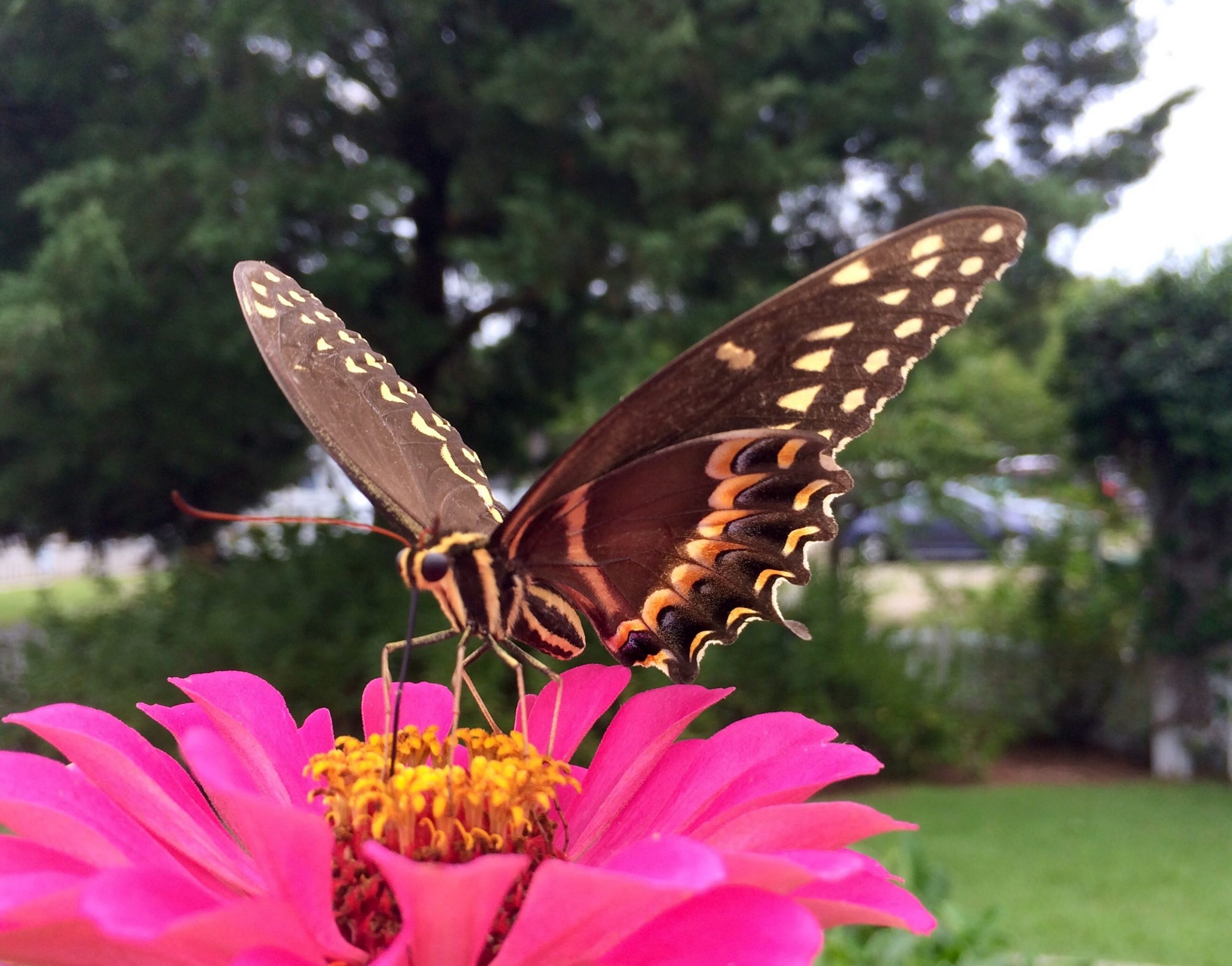Butterfly Gardening is a great way to attract butterflies to your garden and create habitat for these beautiful insects. Butterflies have four distinct life stages — egg, larva, chrysalis, and adult — so it’s important to ensure that your garden supports all of these stages.
The first step in creating a successful butterfly garden is to choose the plants that will attract these butterflies and their natural predators. Plant a wide variety of flowers that bloom throughout the growing season. These include a mix of annual and perennial flowers that bloom in the spring, summer and early autumn to provide a continuous source of nectar for your butterflies.
Select plants that are adapted to the climate of your area and grow well in your garden soil conditions. This helps to reduce your environmental impact by reducing the need to use herbicides.
Choose a diverse landscape – The best habitat for butterflies has a wide variety of native plant species, including weeds like milkweed, wild mustard and nettles. This allows for diversity in the food sources for both adults and caterpillars, ensuring that your garden is not only attractive to butterflies but also beneficial to local ecosystems.
A diverse landscape is also important for attracting wildlife, such as birds and mammals, to your garden. These species are often attracted to the weeds that naturally occur in your area and can help to maintain biodiversity, while also providing food for hungry butterflies and their caterpillars.
Plant host plants – Female butterflies look for plants that will provide them with a food source when they lay their eggs, and they will fly from plant to plant until they find one that is suitable. This is especially true of larval food plants, which will be used by the larvae and pupae of many of your butterfly species.
Host plants in a butterfly garden are typically tubular flowers that have “landing strips” the flower petals that extend into the ground to offer shelter and protection to the caterpillar as it feeds. Yarrow, stonecrop, coneflower and verbena are excellent choices for your garden. Other tubular flowering plants include black-eyed Susan, Joe Pye weed and pentas.
Make sure your plantings of these plants have varying heights so that caterpillars are not restricted to just one plant at a time. Groupings of several different host and nectar plants can also increase the overall diversity of your butterfly garden.
Keep your garden pesticide-free – Insects, aphids and other garden pests are a big problem for butterflies and their young. Avoid spraying any pesticides in your garden unless you have to because these chemicals can be very toxic to both the caterpillars and adults of butterfly species.
Place rocks in sunny areas to give butterflies a place to bask and provide a source of warmth. Also, give butterflies a spot for “puddling” where they can gather and drink water from wet sand puddles.
A butterfly garden is a great way to reduce the need to use pesticides, while providing a healthy environment for pollinators, hummingbirds and other wildlife. In addition to the butterflies you’ll attract, other animals such as bats, frogs, snakes and owls will benefit from your efforts.




